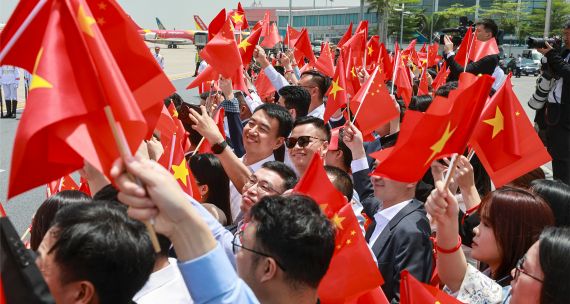Donald Trump’s return to the U.S. presidency will loom large over the Indo-Pacific in 2025. The global economic and security orders are already under serious strain, and Trump’s inclination for trade wars, his skepticism of alliances, and a probable imposition of tariffs at levels not seen since the 1930s will intensify the role of international trade as a geopolitical battleground, potentially destabilizing an already fragile system.
Nevertheless, the rest of the Indo-Pacific is not without agency. China is better prepared this time around than during Trump’s first presidency for an intensified trade war, and a U.S. abandonment of multilateralism could elevate China’s influence on the world stage, especially on the climate co-operation agenda. It could also accelerate the process of new actors, including some in Southeast Asia, taking a more proactive role in regional and global affairs. However, the number of countries that could exercise this agency is limited by the fact that several governments — including Canada’s — are undergoing leadership change, and others are significantly hampered by domestic political polarization and internal challenges.
As we begin the new year, our attention will be focused on five questions that will shape the Indo-Pacific landscape in the months to come.
1. Is the Indo-Pacific region ready for the return of Trump’s tariffs and trade wars?
Leaders from Delhi to Tokyo to Taipei are watching closely to see how far Trump will escalate the trade war with China — and how Beijing will respond. Chinese officials and businesses are bracing for steep tariffs on Chinese exports. But while China relied primarily on imposing reciprocal, tit-for-tat tariffs during the first trade war, Chinese officials now have many more tools to deploy, such as new export control regulation, an “Unreliable Entity List” and “anti-foreign sanctions laws,” and cybersecurity investigations that can be used to target U.S. companies operating in China.
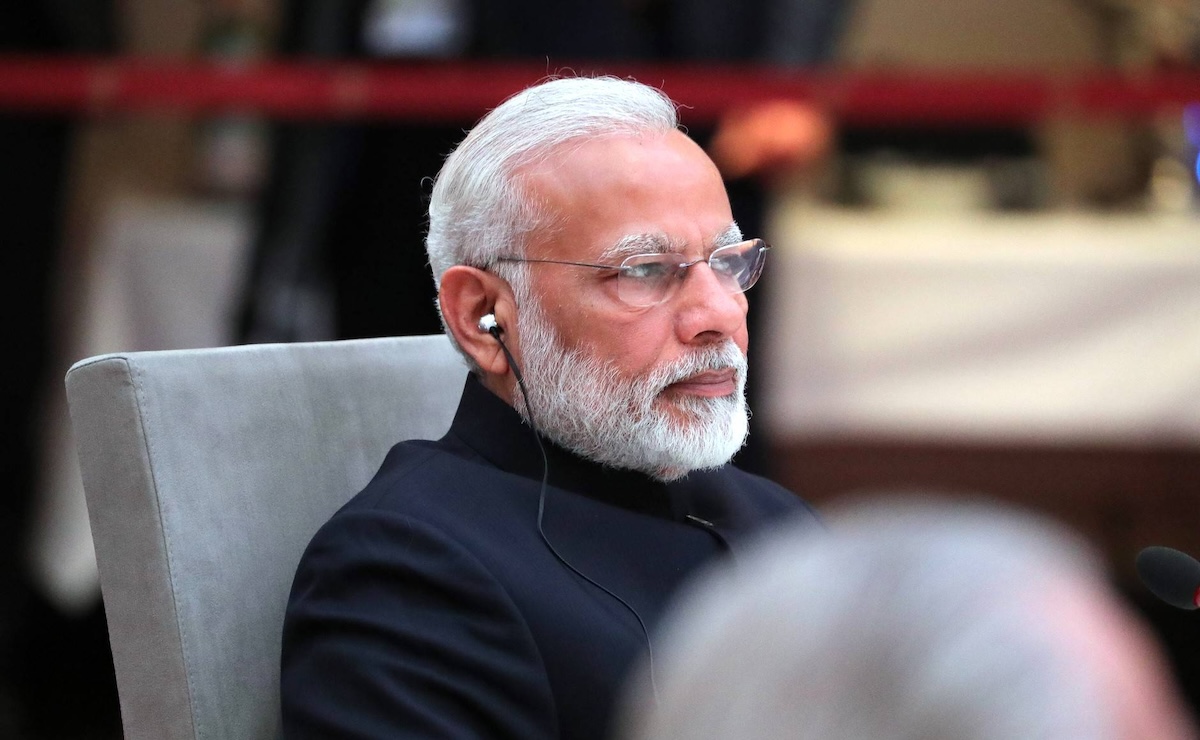
However, in calibrating its response, Beijing must walk a fine line: it needs to avoid appearing weak but also cannot afford to alienate the European and North American business communities, whose support is crucial for investor confidence at home and abroad (in two of the four quarters in 2024 China saw negative foreign direct investment (FDI) flows). There are already signs that China may be softening its tone in engaging with the EU, Canada, and others, likely in hopes of creating a buffer against aggressive U.S. trade actions.
An escalating U.S.-China trade war would rattle Southeast Asia’s economies, which remain deeply integrated with their much larger neighbour. In recent years, Indonesia, Malaysia, and Vietnam have emerged as ‘connector states’ whose manufacturing sectors have benefited as international firms adopted ‘China plus one’ strategies. While these connectors have been a source of global economic stability, many have run up large trade surpluses with the U.S., which could also put them in Trump’s tariff crosshairs.
India, too, will be trying to steer clear of potential tariffs. Like Southeast Asia, the country has ridden the ‘China plus one’ wave to try to boost domestic manufacturing, especially in electronics and other high-tech areas. In the coming year, government investments and subsidies might help, but India’s underdeveloped infrastructure and regulatory uncertainties will be difficult hurdles to clear. In addition, Prime Minister Narendra Modi’s Bharatiya Janata Party, having lost its majority in the 2024 election, will struggle to pass legislation on the land and labour issues that need to be resolved to fully realize the country’s manufacturing potential.
Tough new immigration restrictions under Trump are another concern for India. Indian nationals are the largest recipients of H1-B visas for skilled workers — an issue that has become a political football in Washington. It’s unclear how this issue will get resolved, but in the meantime, India may seek to bolster goodwill with the U.S. by increasing purchases of American energy products and defence equipment.
2. How will the Asia Pacific ensure its security under Trump?
The Indo-Pacific will confront a widening security vacuum. Washington’s allies and close partners — Japan, the Philippines, South Korea, and Taiwan — face much greater uncertainty about whether or to what extent they can rely on the U.S. to honour its security commitments. Trump’s unpredictable and transactional approach to diplomacy elevates concerns about flashpoints where tensions are already running high: the South China Sea, the Korean Peninsula, and the Taiwan Strait.
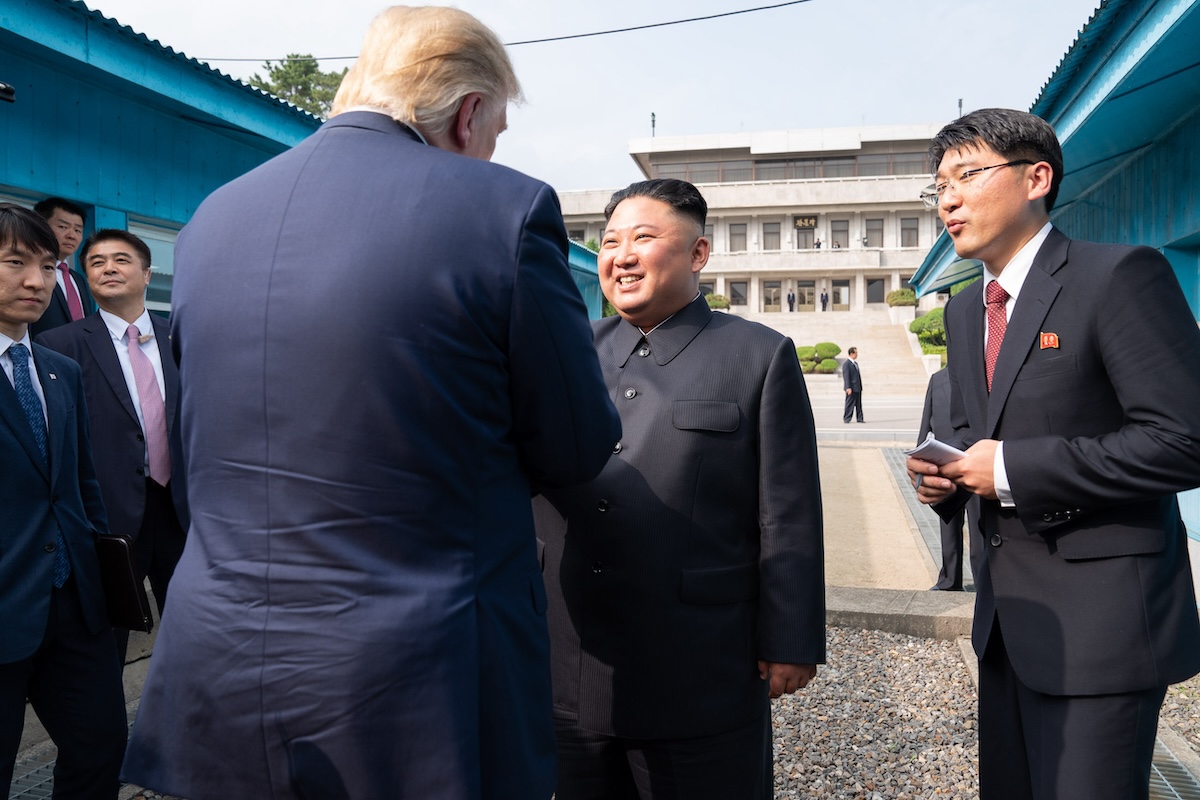
The new U.S. administration will soon discover that each of these flashpoints has evolved in worrisome directions. In North Korea, a foreign policy issue in which Trump took a particular interest, leader Kim Jong Un is acting even more belligerently than usual, having been emboldened by an invigorated security partnership with Russia. Meanwhile, South Korea’s political leadership is still reeling from the fallout of now-suspended President Yoon Seok Yeol’s declaration of martial law in early December. That political crisis will persist well into 2025.
Taiwan ended 2024 facing the largest maritime military exercises China had conducted around the island in decades. Trump’s return to power cuts both ways for Taiwan; while his cabinet is likely to include staunch China hawks, Trump himself has shown no commitment to protecting Taiwan as a matter of principle, based on the latter’s status as a fellow democracy. Rather, he may treat the island more as a bargaining chip in broader negotiations with China.
The Philippines will perhaps feel the most vulnerable to changes in U.S. posture, as it faces regular and intensifying confrontation with China in its territorial waters in the South China Sea. Under President Ferdinand Marcos Jr., Manila has aligned itself firmly with the U.S. (unlike his predecessor, the more China-friendly Rodrigo Duterte), and has assiduously sought opportunities to deepen military co-operation with other regional allies, such as Australia, Canada, Japan, India, and South Korea. But Marcos is also fending off domestic threats by members of the Duterte family, including his own vice-president. The country’s mid-term elections in May will gauge public support for Marcos’s foreign policy orientation and reveal the extent of the Duterte family’s continuing influence.
Trump will be unsparing in pressuring regional allies and partners and others (including Canada) to contribute more to their own defence. Even if these leaders concede that point, many are hamstrung by either shrunken parliamentary majorities (Japan) or polarized political climates that hamper legislative action (as in South Korea and Taiwan). Serious questions also loom over the fate of regional mini-lateral groupings created or strengthened during the Biden administration. Those groupings could be undone by Trump, who has shown little interest in diplomacy and alliances. It is unclear who, if anyone, in the region has the diplomatic capacity and leadership chops to sustain them.
While not a formal ally of Washington, India, given its rapidly growing diplomatic heft, will be a consequential actor in 2025. It is trying to stabilize relations with China — in October, the two sides reached a deal to de-escalate tensions along their border. But even if this agreement holds, it will not lead to a full re-alignment of the relationship, which will remain one of strategic competition and mutual mistrust. And China is not India’s only regional concern; new governments in Sri Lanka, Bangladesh, and Nepal are not especially friendly to New Delhi. For Canada, which may see 2025 as a chance to reset ties with India, patience and recognition of India’s preoccupation with its neighbourhood and with U.S. relations will be essential.
3. Can the region strike a balance between AI safety and innovation?
The scope of international co-operation around artificial intelligence (AI) will widen in 2025, starting in February with the AI Action Summit in Paris. That summit is part of an annual series that began in 2023 in the U.K. and was followed by a 2024 summit on AI Safety in South Korea. The shift from a focus on “safety” to “action” this year highlights the desire among key stakeholders to stay competitive in the AI race, without becoming so constrained by safety concerns that they fail to harness the benefits of this emerging technology. That is not to say that safety concerns have disappeared from the agenda; a notable example was the progress made in late 2024 on the use of AI in the military domain. That included productive discussions between China and the U.S., although it is uncertain whether this momentum will continue. Overall, the U.S. will maintain a significant role in AI debates, especially now that many of the largest tech companies have aligned themselves with the incoming Trump administration.

Canada has an opportunity to show leadership on AI, especially as it holds the G7 presidency in 2025. Several Indo-Pacific players, such as India, Japan, and South Korea, are trying to advance domestic legislation on AI. What these legislative packages ultimately look like could give Canadian policymakers a sense of whether there may be opportunities for Canada to partner with regional leaders in showing global leadership on AI governance.
4. Will China’s leaders pull its economy out of the doldrums?
Chinese policymakers started the year pushing against the same headwinds that plagued their country’s economy in 2024 — a slumping real estate market, staggeringly high levels of local government debt, high youth unemployment, and anemic consumer and investor confidence. These ongoing structural challenges, combined with renewed tariff concerns, could compel China’s leadership to rethink its approach to stimulus measures in 2025.
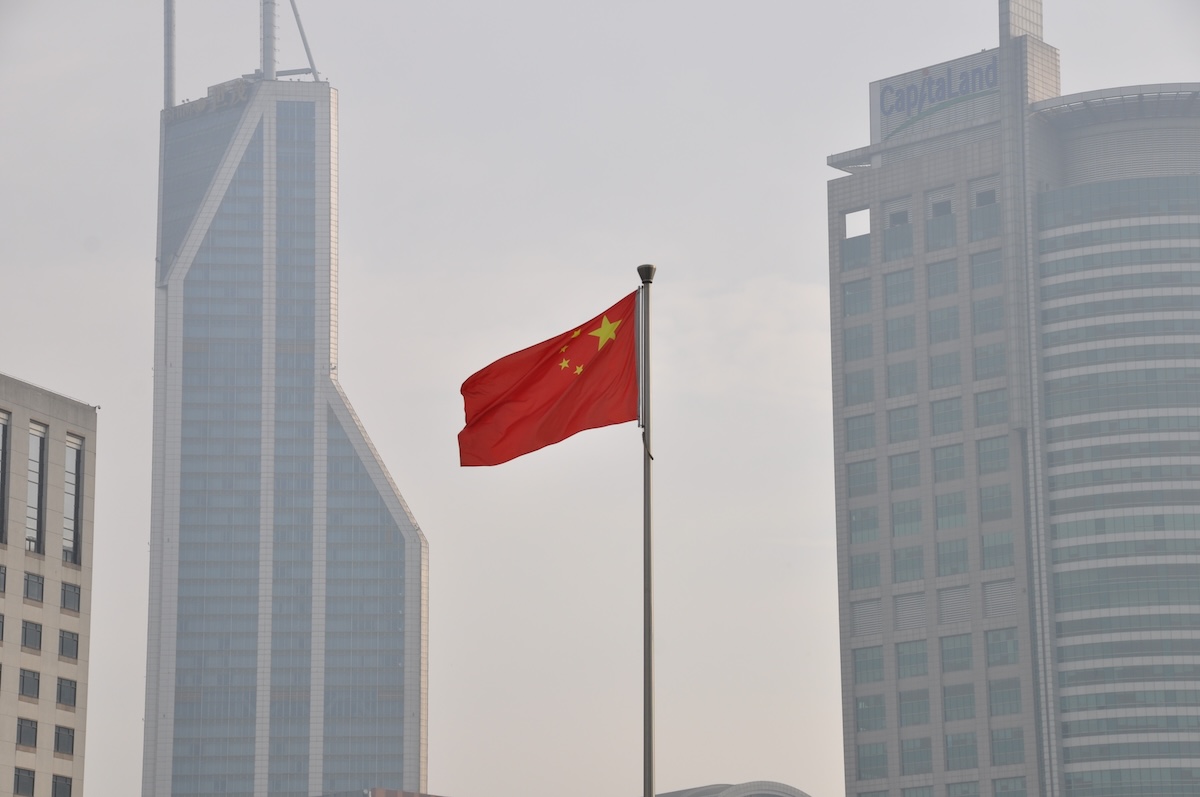
In September of last year, officials introduced stimulus measures that were just enough to achieve a five per cent GDP growth target — yet insufficient to deliver the stronger economic boost many felt was needed. It appears Beijing may have been conserving its resources in anticipation of Trump’s re-election and the prospect of a more intense trade war. In March, the Communist Party will hold its annual “two sessions,” during which it will announce the year’s economic targets and strategies — potentially including a fresh round of fiscal stimulus.
5. Who will emerge to steward multilateralism and global coalitions?
The U.S.’s ‘America First’ foreign policy is not the only factor driving change in multilateralism and global diplomacy. In 2025, the G20 summit will be hosted for the first time by an African nation (South Africa), offering an opportunity for broader representation and new perspectives on pressing global issues. Meanwhile, China may capitalize on the U.S.’s retreat from climate action by positioning itself as a global leader on environmental initiatives.
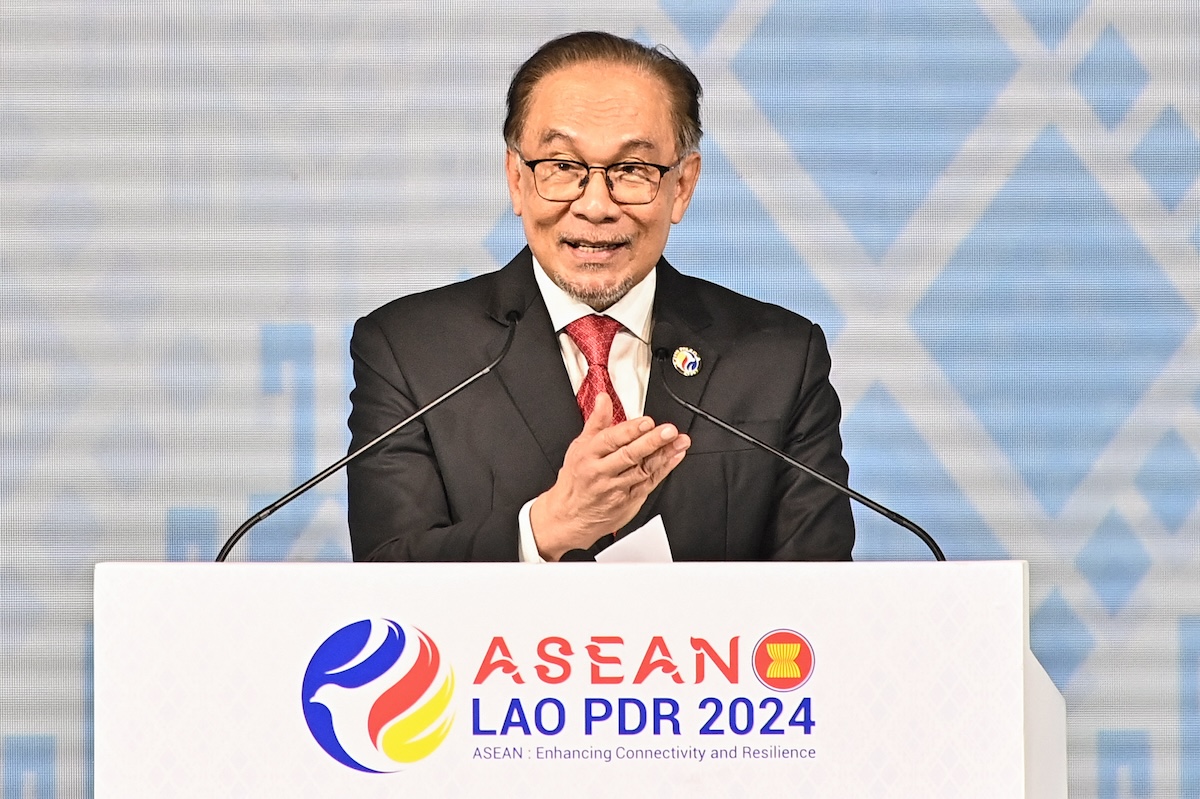
Within the Indo-Pacific, Malaysia assumes the chairmanship of the Association of Southeast Asian Nations (ASEAN) in 2025 with a key objective of strengthening the bloc’s unity. U.S.-China competition and its possible impact on Southeast Asia could be a catalyst for greater regional economic integration. Malaysian Prime Minister Anwar Ibrahim is also keen for ASEAN to play a more constructive role in preventing the fragmentation of Myanmar, where the violent conflict, which began after the February 2021 military coup, will soon enter its fifth year.
Indonesia is joining states like India in practicing multi-vector foreign policy, whereby it embraces active non-alignment by refusing to put itself firmly in either the ‘U.S. camp’ or ‘China camp,’ but rather preserving maximum manoeuvrability to pursue issues and partnerships that give it maximum autonomy.
Despite this ‘democratization’ of global engagement and the inclination by many to avoid getting entangled in alliances, the world will still sorely need cross-national co-operation in 2025 and beyond, especially with the emergence of new security frontiers — in space, in the Arctic, and in the deep seas. For example, 2024 ended with allegations that China (and Russia) were involved in sabotaging subsea cables in both Europe and around the Taiwan Strait. We can expect more such incidents in 2025.




